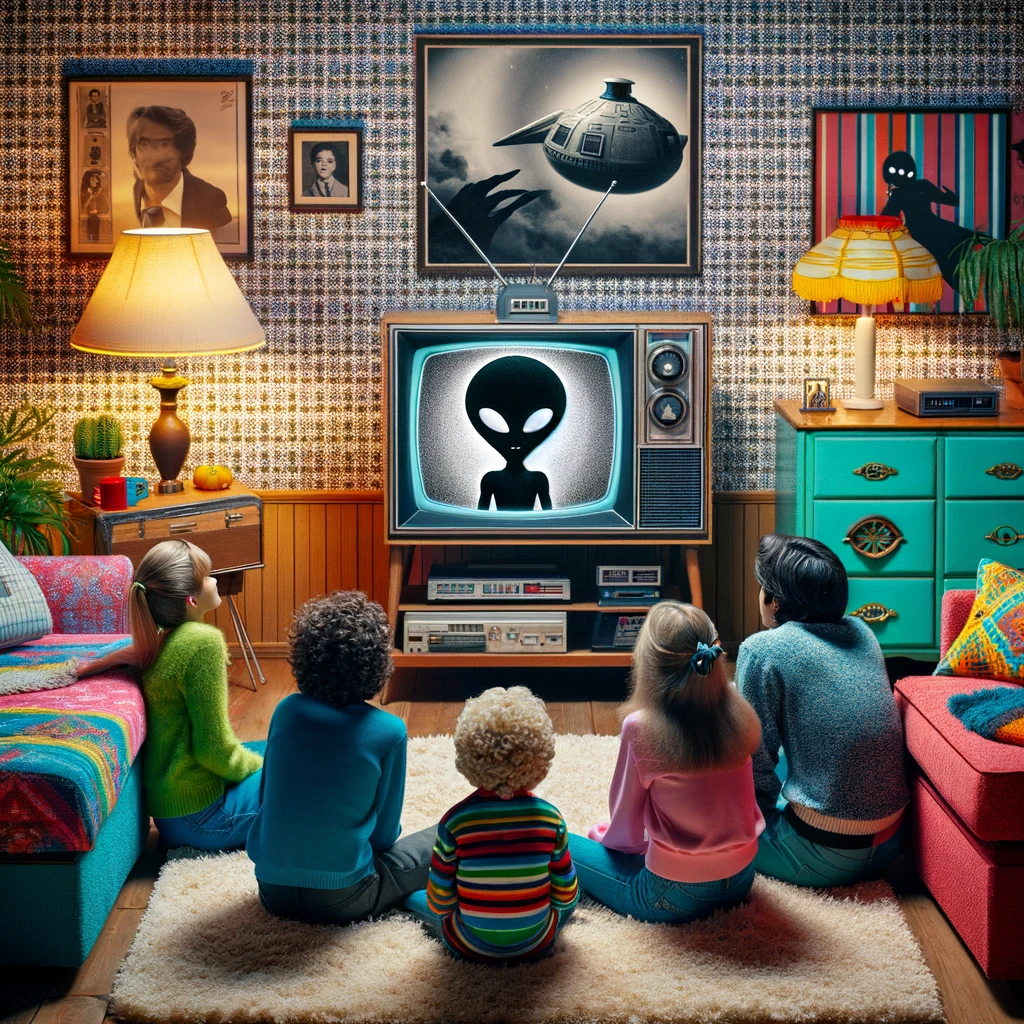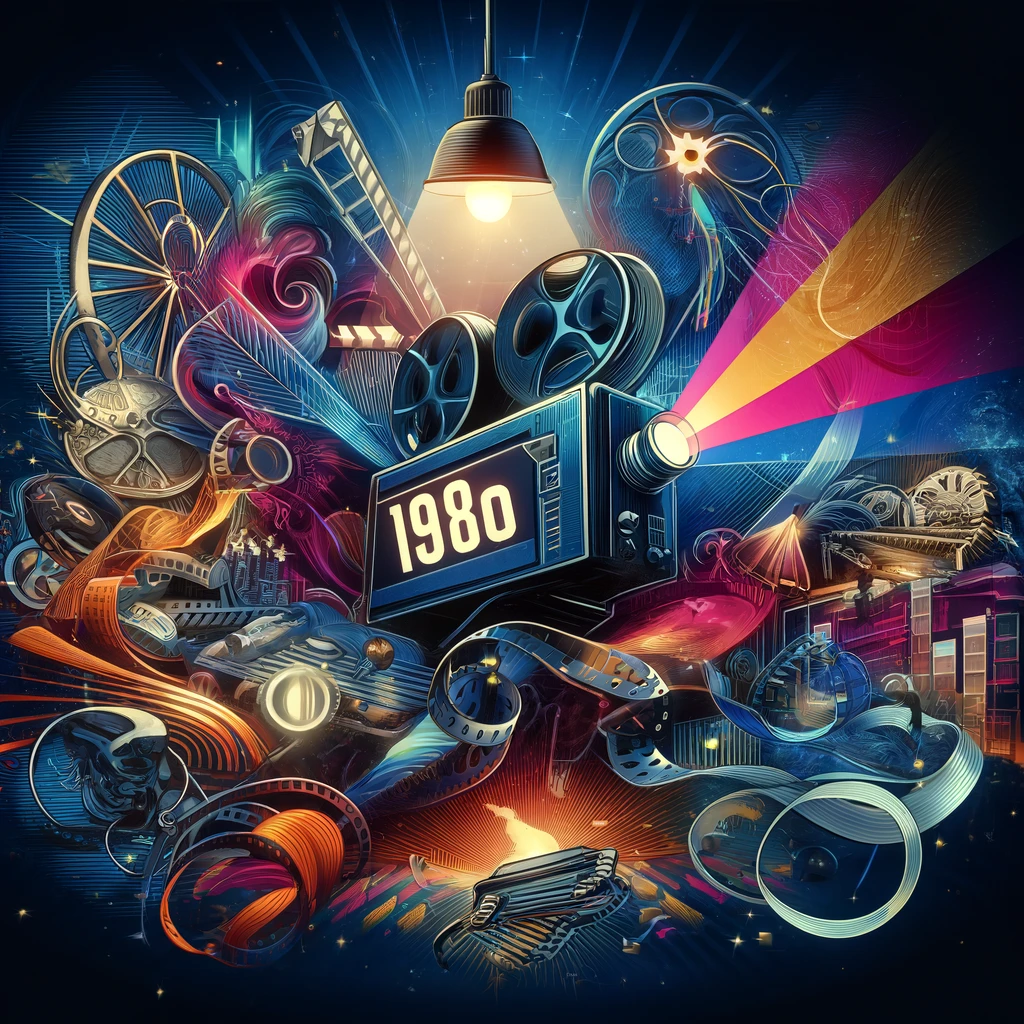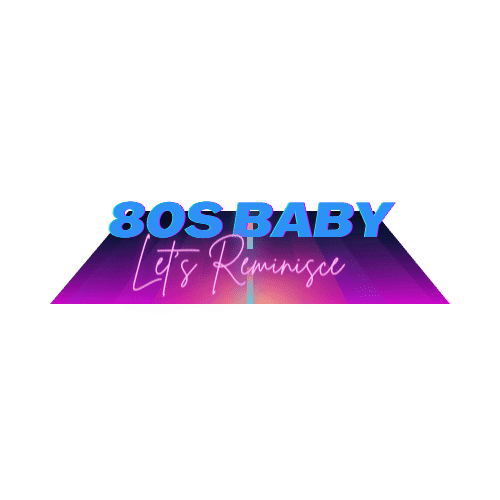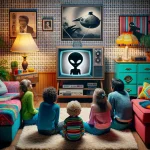The Best Fluffy Pancakes recipe you will fall in love with. Full of tips and tricks to help you make the best pancakes.

The 1980s marked a new chapter in the film world, ushering in an era when the blockbuster concept became a popular trend, attracting worldwide audiences. It was a decade of great creativity, where storytelling took dramatic leaps forward, driven by groundbreaking advancements in technology and bold new artistic visions.
Films produced during this time achieved enormous commercial success. They left an irreversible mark on the hearts and minds of viewers, crafting narratives and characters that continue to resonate through generations.
As we delve into the golden era of the 1980s, we explore a landscape where directors like Steven Spielberg and George Lucas redefined the possibilities of film, creating masterpieces that not only thrilled but also deeply moved audiences.
Movies like E.T. the Extra-Terrestrial and Indiana Jones did more than just entertain; they expanded the boundaries of what films could achieve in storytelling and special effects, setting new standards for cinematic excellence and emotional impact.
This article is intended to take you on a nostalgic journey back to the 1980s, a decade that saw the film industry explode into the mainstream with iconic films that have stood the test of time.
From heartwarming stories of friendship and courage to adrenaline-pumping action and unforgettable comedy, the 1980s offered something for everyone, leaving a legacy that continues to influence modern cinema. Join us as we revisit some of the most memorable movies of the 1980s and celebrate their contributions to the film industry.
Iconic Directors and Their Influence
The 1980s cinema landscape was dominated by a cohort of directors whose visionary work defined the decade and set enduring standards for filmmaking. Directors like Steven Spielberg, John Hughes, and George Lucas became household names, each bringing a unique style and perspective that left a lasting impact on the industry.
Steven Spielberg: Spielberg’s influence during the 1980s is hard to overstate. With a knack for storytelling that combined human depth with spectacular visuals, Spielberg directed several monumental films during this era.
“E.T. the Extra-Terrestrial” (1982) is a testament to his ability to blend science fiction with the poignant tale of friendship between a young boy and a lost alien. This film demonstrates Spielberg’s skill in appealing to a universal audience, capturing hearts with its emotional depth and innovative special effects.
Similarly, “Indiana Jones and the Raiders of the Lost Ark” (1981) redefined action-adventure cinema, introducing audiences to one of the most iconic characters in film history.
John Hughes: Known as the voice of teenagers in the 1980s, Hughes could portray the realities of teenage life with humor and sensitivity. His films, including “The Breakfast Club” (1985) and “Ferris Bueller’s Day Off” (1986), became cultural icons for exploring themes of youth rebellion, identity, and friendship. Hughes’s films resonated with young audiences by capturing the core of the teenage experience; his conversations were frequently filled with wit and a keen insight into high school structures.
George Lucas: While Lucas’s most famous work, “Star Wars,” began in the late 1970s, its sequels in the 1980s—”The Empire Strikes Back” (1980) and “Return of the Jedi” (1983)—cemented his reputation as a pioneer of the space opera genre.
Lucas’s work on the “Star Wars” saga expanded the boundaries of the science fiction genre and introduced groundbreaking advancements in special effects and sound design. His visionary approach created a sprawling universe that continues to influence science fiction filmmakers today.
These directors did more than just create films; they crafted entire worlds that audiences could lose themselves in, pushing the boundaries of technology and storytelling.
Their films often featured cutting-edge special effects, complex characters, and epic narratives that have stood the test of time. Spielberg, Hughes, and Lucas’s influence extended beyond the 1980s as they set new standards in their respective genres, inspiring a generation of filmmakers and forever changing the landscape of Hollywood cinema.
Genre Innovations of the 1980s
The 1980s marked a new chapter in the film world, marking the beginning of a period in which the blockbuster concept became a popular trend, attracting worldwide audiences. It was a decade of great creativity, where storytelling took dramatic leaps forward, driven by groundbreaking technological advancements and bold new artistic visions.
Films produced during this time achieved enormous commercial success. They left an incredible mark on the hearts and minds of viewers, crafting narratives and characters that continue to resonate through generations.
As the blockbuster format took off, so did various film genres, each undergoing significant transformations that would define their essence for years.
Let’s delve into how the sci-fi, action, and comedy genres were revolutionized during the 1980s, setting new standards for cinematic excellence and emotional impact.
Sci-Fi Reinvented
The 1980s were a golden era for science fiction, with films that pushed the boundaries of special effects and narrative depth. “Blade Runner” (1982) and “The Terminator” (1984) stand out as prime examples.
These films introduced more complex stories and richer character development, wrapped in visually stunning futuristic landscapes. They explored themes of identity, humanity, and technology, leaving audiences both enthralled and reflective.
Action Spectacles
Action films in the 1980s catapulted to new heights of popularity with high-octane excitement and larger-than-life heroes. “Die Hard” (1988) redefined the genre with its combination of relentless pacing, sophisticated storytelling, and charismatic everyman hero John McClane. These films thrilled audiences and mirrored the decade’s ethos of individualism and valor.
Comedy Evolves
The 1980s comedy genre diversified from slapstick to more nuanced performances, reflecting broader societal changes. “Ghostbusters” (1984) combined comedy with supernatural elements, creating a new sub-genre that was both hilarious and exciting. Meanwhile, “When Harry Met Sally” (1989) explored romantic relationships with a wit and realism that redefined romantic comedies.
Influence on Modern Cinema
The innovations of the 1980s in these genres set the stage for future filmmakers, who would draw upon these foundations to explore new stories and technologies. Integrating genre elements, such as combining comedy with action or sci-fi, encouraged a more dynamic approach to filmmaking that continues to influence cinema today.
Cult Classics and Their Lasting Appeal
The 1980s revolutionized mainstream cinema and saw the rise of several films that, despite not achieving immediate blockbuster status, went on to cultivate devoted followings and achieve cult classic status. These films stood out by their unique styles, creative storytelling, and ability to resonate deeply with specific audiences, often becoming more appreciated with time.
Defining Cult Classics
Cult classics are films that have garnered a highly dedicated and passionate fan base over the years. These movies often push boundaries and explore themes or styles not typically seen in mainstream cinema. The 1980s were ripe with such films, whose initial modest receptions belied their future impact on popular culture.
Iconic Examples:
- “The Breakfast Club” (1985): Directed by John Hughes, this movie portrays teenagers’ struggles, making it a timeless reflection on adolescence. Its realistic portrayal of different high school stereotypes and their struggles with identity has made it a staple of teen drama.
- “Blade Runner” (1982): Although it received mixed reviews and performed moderately at the box office upon release, Ridley Scott’s futuristic masterpiece has since been celebrated for its profound philosophical questions and pioneering visual style.
- “Ferris Bueller’s Day Off” (1986) is another John Hughes classic that combines humor, rebellion, and a touch of existentialism. The film’s clever breaking of the fourth wall and charming manipulation of suburban life norms have cemented its status in the cultural lexicon.
- “The Princess Bride” (1987): This fairy tale adventure comedy, directed by Rob Reiner, is beloved for its witty dialogue, memorable characters, and the blending of satire with heartfelt storytelling.
Why They Endure:
These films continue to resonate due to their ability to connect on a personal level. They often address universal themes such as self-discovery, resistance against conformity, and the quest for meaning in increasingly complex worlds. Their enduring popularity is reflected in midnight movie showings, nostalgic merchandise, and frequent references in other media.
Lasting Impact:
The appeal of 1980s cult classics extends beyond mere nostalgia. They often offer a unique window into their time’s social and cultural undercurrents while providing timeless messages that remain relevant today. Their ability to continually attract new generations of fans speaks to their innovative approaches to storytelling, character development, and thematic exploration.
As we revisit these memorable movies from the 1980s, we celebrate their contributions to the film industry and their ongoing influence in fostering community and dialogue around enduring themes. The legacy of these cult classics demonstrates that a film’s impact can grow over time, finding new audiences and continuing to inspire long after its initial release.

Legacy and Influence on Modern Cinema
Many 1980s films have seen new life in recent years through sequels, reboots, and expansive franchises, demonstrating their lasting appeal and cultural significance. For instance:
- “Blade Runner 2049” (2017): This sequel to the 1982 sci-fi classic “Blade Runner” explores similar themes of artificial intelligence and what it means to be human, expanding on the original’s narrative and visual style.
- “Star Wars” Sequels and Spin-offs: The “Star Wars” universe has vastly expanded with new trilogies and standalone films that build upon the original 1980s trilogy’s legacy, introducing the epic space opera to new generations.
The technological innovations in special effects and animation pioneered during the 1980s have evolved but continue to be foundational in modern filmmaking. Techniques developed for movies like “Tron” (1982) and “Who Framed Roger Rabbit” (1988), which blended live-action with animation, can be seen in today’s use of CGI and motion capture.
The narrative structures and genre-blending evident in 1980s cinema have encouraged modern filmmakers to explore complex themes and genres. The mix of humor, action, and horror in films like “Ghostbusters” (1984) paved the way for similar hybrids in recent cinema, such as “Guardians of the Galaxy” (2014) and “Get Out” (2017).
Beyond film, the cultural impact of 1980s movies extends into television, literature, and even video games. Elements from 1980s cinema, such as the stylistic choices and thematic concerns of films like “The Breakfast Club” and “Back to the Future,” have found echoes in TV shows like “Stranger Things,” which not only set its story in the ‘80s but also pays homage to the decade’s cinematic style.
Many film schools and academic courses study 1980s films for their innovative approaches to storytelling and technical prowess. This educational focus helps perpetuate the techniques and ideas introduced during this era, ensuring that they remain influential in the training of future filmmakers.
Looking back at the 1980s, it’s clear that the decade was more than a period of high-octane blockbusters and fun escapades. It was a transformative era that reshaped the landscape of global cinema, leaving a legacy that continues to influence the art and craft of filmmaking. The movies of the 1980s, with their distinctive flair and bold experimentation, have ensured that their impact will be felt in the cinematic world for many years to come.
As we conclude our nostalgic journey through the cinematic landscape of the 1980s, it is evident that this decade was not merely about entertainment. It represented a profound shift in how stories could be told through film, with innovative techniques that have endured through the decades. The 1980s gave us films that challenged conventions, introduced us to enduring characters, and left us with lines and scenes embedded in cultural dialogues worldwide.



